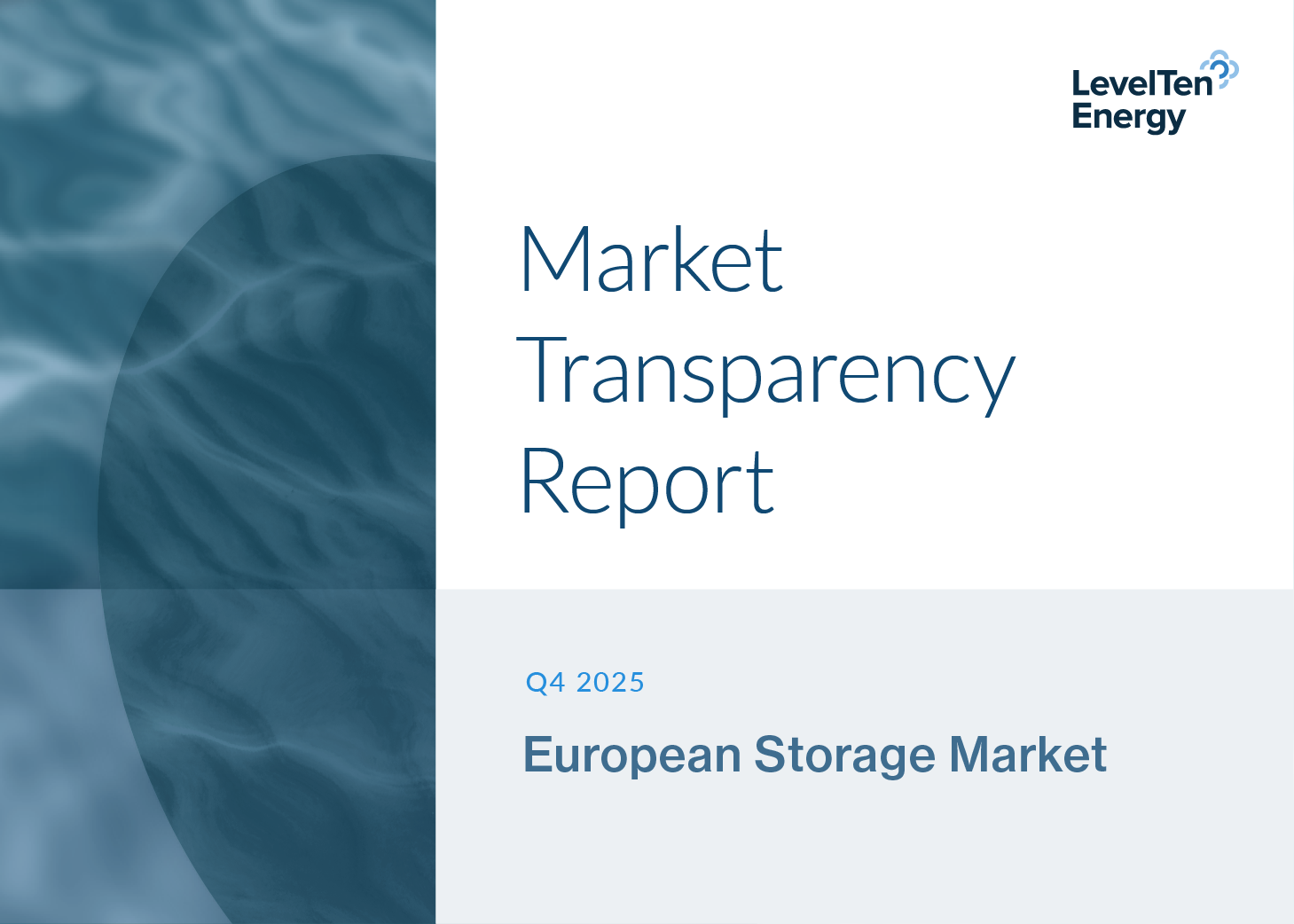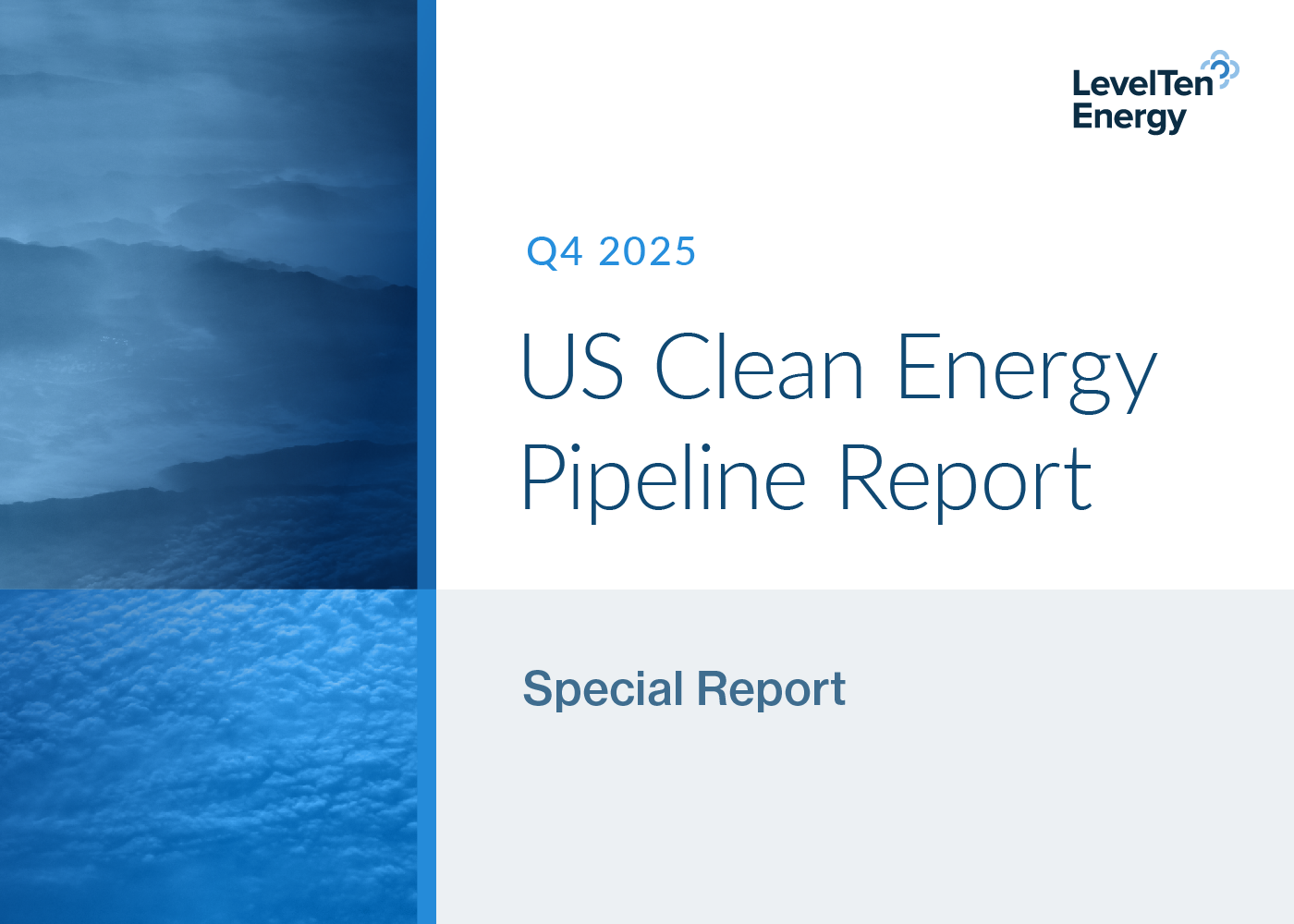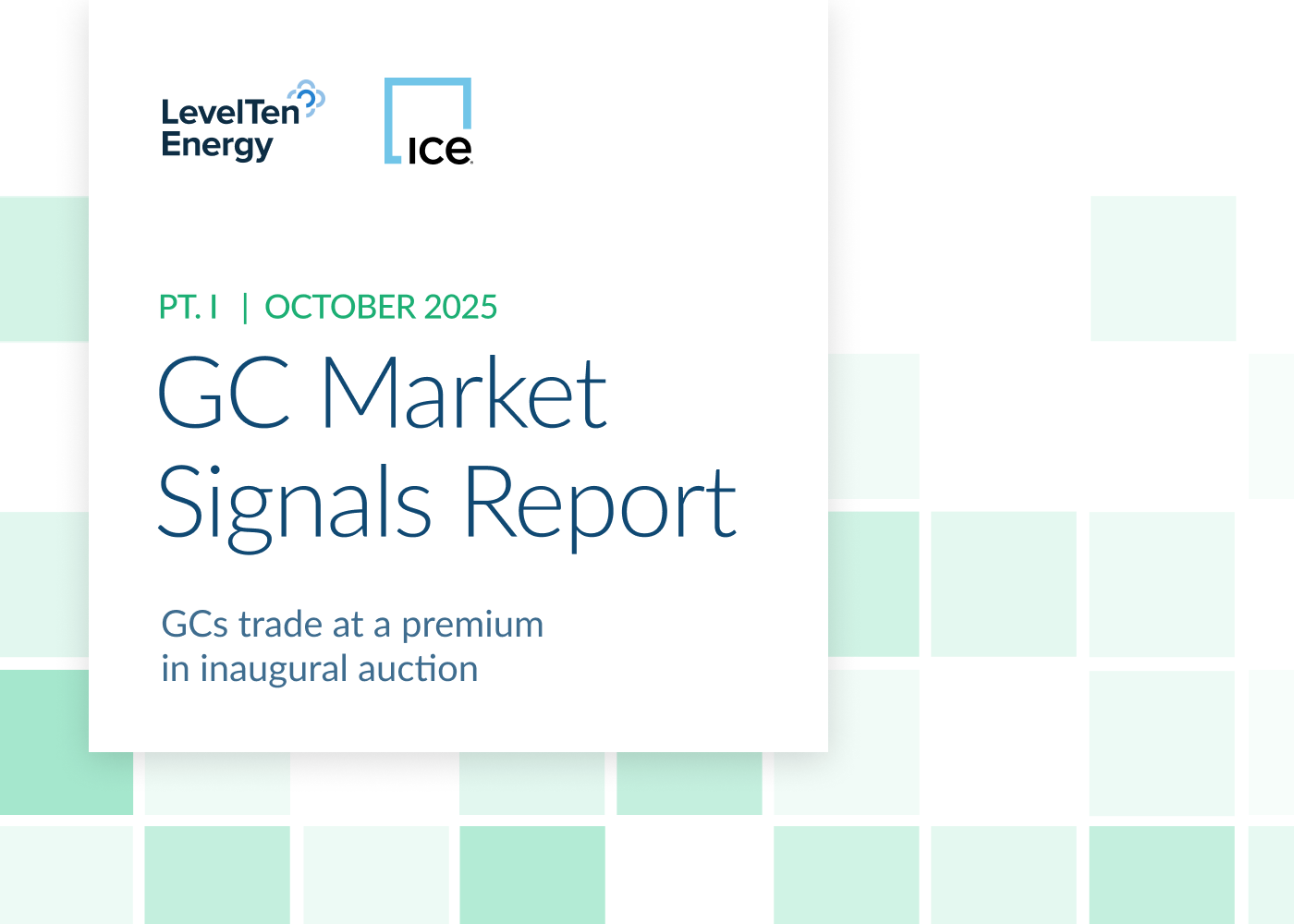Last Monday evening I drove from Camano Island, 50 miles north of Seattle, back home to the city. Getting off the exit near downtown Seattle, streets were empty and lights were out, save for one or two restaurants. The effect of COVID-19 on the economy-and the electricity that powers it-was made powerfully clear.
While the effects of COVID-19 have had a significant impact on power markets worldwide, these shocks are actually quite common when viewed over a long timeframe. Typically, "black swans" or natural disasters increase power prices, but the unique aspect of COVID-19 is that it is a negative price shock. To better understand the effect these unusual events have had on the market, and the potential implications for corporate renewable energy procurement, our research team looked at energy demand and price data in two regions: New York and Italy.
Below we explore our findings from this research, but what's the key takeaway? Although COVID-19 is having a material effect on energy prices-and causing lower settlement values in the short-term-we believe it's important that corporations and developers maintain a long-term perspective on what drives project valuation. This means keeping your eye focused on the intersection of demand growth and the cost of supply, and not short-term disasters or their economic effects.
Digging into the Data: Energy Demand in the Age of COVID-19
Looking into the energy demand and price data in hotspot areas generated five intriguing findings:
1. Energy Demand is Spreading Across the Day

In observing the changing load in NYISO, we found not only a decreasing electricity load, but also a changing load shape. While daily average power demand has dropped 8.6% from 3/10 onward, this decrease is not evenly distributed throughout the day. To measure the intraday effects, from midnight to 5PM and from 8PM to midnight, power demand is down roughly 8.1%. However, from 5PM to 8PM, demand is down 12.0%.
The shape of daily demand is changing from one with high peaks and troughs to one that is flatter over the course of the day. The average difference between the highest and lowest hours of load from 1/1/20 to 3/10/20 was 5,150 MWh. That difference from 3/10/20 is 4,600 MWh, a decrease of 10.7%.
For the peak period in particular, the four hour ‘ramp' from afternoon to evening has gone from 1,700MWh (a 9.5% ramp), to 1,400MWh (an 8.5% ramp). This decrease of 300MWh is a 17.6% decline in the ramp needed during the evening hours. While weather effects of spring could lead to lower demand than winter, it's important to note the Northeast has had a mild winter, so these trends are notable.
2. Lower Peaks Means Lower Prices

What does this mean? First, we would expect prices to clear lower in the wholesale electricity market. We looked at New York City (Zone J), and this is inline with the data we have observed. In fact, prices are much more sensitive to a shifting load profile. While load has begun to sharply contract beginning in March, prices have fallen more dramatically. And again, the shape of daily prices in New York has changed markedly. While there is still an AM and PM ramp, both are much more subdued than under normal operating conditions.
In many ways, this load profile of more balanced ramps is indicative of what higher demand response could look like. What we are seeing is that a gigantic shift to working from home, along with retail and business closures, leads to a more balanced load over the course of the day. To what extent this is driven by individuals spreading out cooking or laundry or other energy intensive tasks remains undetectable, but initial evidence shows this could be happening.
3. More Renewable Energy is Being Used
What does this mean for corporates looking to procure renewable energy? Will projects still produce? Are they economic? These are important questions and rely on two pieces of information: 1) renewables production, and 2) curtailment. As most renewable projects are under a Power Purchase Agreement, they will continue to produce and sell energy at the contract rate. Renewable projects that bid into the wholesale market (not under a PPA) typically do so at $0.00, and will be approved to produce. Overall, we'd expect renewable penetration rates to increase.
So for a NYISO wind farm, generation continues, as long as the energy is not curtailed. For those unfamiliar with curtailment, when there is significant wind or solar energy that overloads the transmission system, there is no demand for it, or it would lead to grid instability, generators are forced to reduce production. As the lockdown develops, we'd expect higher curtailment of supply-rich areas, such as solar in CAISO. So far, CAISO curtailment has not materialized, but it will be a critical market to watch.
That said, measuring renewable energy penetration rate changes is notoriously tricky in the short term. Changing weather leads to not only volatile production (especially in wind), but in changing load profiles. Year over year capacity growth makes comparisons difficult. The best we can do would be to look at an area under lockdown with high solar penetration and see if, generally, this is the case. The answer is, with some reservation for the above, yes.
4. Fossil Fuel Generators May Experience Greater Losses
So who is at risk? Well, it most likely won't be renewables. While prices have decreased for all hours, in the aggregate renewables primarily produce during the night (wind) or during the day (solar). There are exceptions to that rule, such as AM and PM wind or evening solar depending on location. Evenings and mornings are typically fast reacting resources such as natural gas and 'peakers.'
The most dramatic reduction in revenue will be for those who rely on PM ramp revenue. Solar and wind, while still experiencing significant price declines, will likely see less relative decline in their revenue streams than natural gas, even for merchant or non-PPA projects. This is important because generators 'on the margin' of wholesale energy prices could see significant volume volatility as well, as their offers may no longer be competitive given lower demand.
5. VPPA Values May Decrease, But Not Dramatically
We can also think about how these prices would affect VPPAs. The exceptionally low prices we see are likely to lead to lower settlement values for the length of the lockdown.
If we were to maintain this level for, say, twelve months, what would the likely effect on the valuation of a VPPA be? In order to see this, we could decrease wholesale prices by 25% and see how it impacts the net present value of a fifteen year contract. Let's choose a project, in this case a solar project in PJM, and estimate that for all twelve months of its third operational year, its settlement prices are 25% lower than originally thought, but they recover afterward. Production would be unaffected. Below is a stylized example of pro forma and adjusted cash flows.

To finish up, we would need to convert this visual into usable information and measure its risk. The pro forma "Levelized Settlement Value", or what a buyer could expect to earn per MWh from the VPPA, would be $2.21 under the pro forma. With a 25% decline in Year 3 prices, the Levelized Settlement Value would be $1.39. In perspective, this is not an extreme move.

At LevelTen, this is what we focus on. While a decrease of 67% is significant, this is within the range of values a sophisticated risk analysis approach would produce. As seen above, our Monte Carlo projections for the project range from -$10 to $20 per MWh, and values are centered on the $2.21 value-all within a reasonable expected range.
Staying Focused
The critical message from this analysis is that, while black swans do occur, temporary economic shocks are likely to be less important than long-term energy price trends. This long-term focus is the driving force of how we approach and advise our clients. With the enhanced suite of risk and value analytics on the LevelTen Marketplace, we run 20,000 independent Monte Carlo simulation trials on more than 750 PPA offers everyday, so our clients have a complete picture of how a PPA could perform over the life of the contract.






